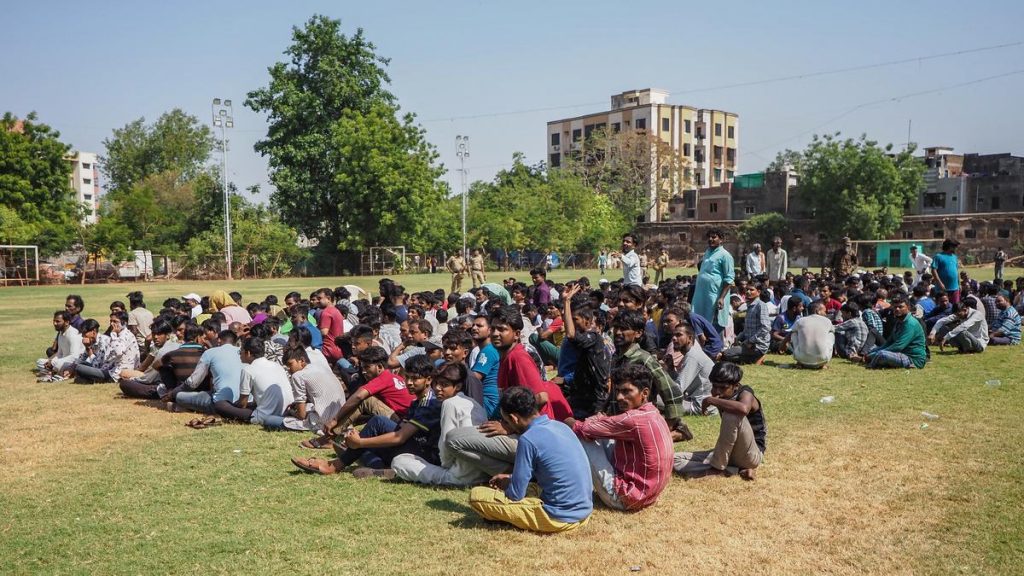Migration from West Bengal is emerging as a key political issue ahead of the state’s next Assembly elections. Chief Minister Mamata Banerjee has accused BJP-ruled states of targeting Bengali-speaking people under suspicion of being “illegal Bangladeshi immigrants.” In response, her government has announced a financial support scheme offering ₹5,000 per month for a year to returning migrant families.
Official Census data highlights the scale of migration from Bengal. In 2011, around 24.05 lakh people from the state lived elsewhere in India, ranking Bengal seventh among states for out-migration. Uttar Pradesh (1.23 crore), Bihar (74.5 lakh), and Rajasthan (37.5 lakh) were the top three. Notably, women formed the majority of Bengal’s migrants—14.5 lakh compared to 9.5 lakh men.
Neighboring Jharkhand was the most common destination, home to nearly 5 lakh migrants from Bengal. Maharashtra followed with 3.1 lakh, while Uttar Pradesh and Bihar hosted 2.34 lakh and 2.28 lakh respectively. Delhi, which has seen a crackdown on suspected Bangladeshis, had 1.82 lakh migrants from Bengal at the time of the Census. Two of the country’s 50 busiest migration corridors were between Bengal and Jharkhand and Bengal and Maharashtra.
The 2011 Census also revealed the reasons behind migration. Marriage was the most common factor, cited by nearly 9.35 lakh people—almost all of them women. Employment accounted for 5.85 lakh migrants, while 4.74 lakh moved with their households. Education barely figured in the data, representing just 1.1% of the total.
Compared to 2001, Bengal recorded a 45% increase in out-migration by 2011, with 7.18 lakh more people leaving the state in that decade. The Economic Survey (2016–17) confirmed a sharp rise in labor migration: between 2001 and 2011, around 2.35 lakh young workers left Bengal, up from just 30,000 in the previous decade.
More recent studies suggest this trend continues. A 2023 report by the Economic Advisory Council to the Prime Minister used railway ticket sales as a proxy for blue-collar migration. It found Bengal was the third-most popular destination for low-cost train passengers nationwide, but also that many migrants from Bengal favored Jharkhand, Assam, Tripura, and Bihar—states with large Bengali-speaking populations.
Language data paints a wider picture of Bengal’s cultural footprint. According to the 2011 Census, India had 9.72 crore Bengali speakers, with 1.8 crore living outside West Bengal. Assam hosted the largest Bengali-speaking population outside the state at 87.8 lakh, followed by Jharkhand (32.1 lakh), Tripura (23.3 lakh), Bihar (8.08 lakh), and Odisha (5.04 lakh). Maharashtra, Uttar Pradesh, and Delhi also had significant communities.
While 85% of West Bengal’s own population speaks Bengali, several other states also report high shares: Tripura (63.4%), Andaman and Nicobar Islands (28.5%), and Assam (28.1%). In BJP-ruled states, the presence is smaller but politically sensitive—Bengalis make up 1.29% of Delhi’s population, 0.39% in Maharashtra, and 0.28% in Haryana. These figures form the backdrop of the ongoing political debate around migration and identity in Bengal.

